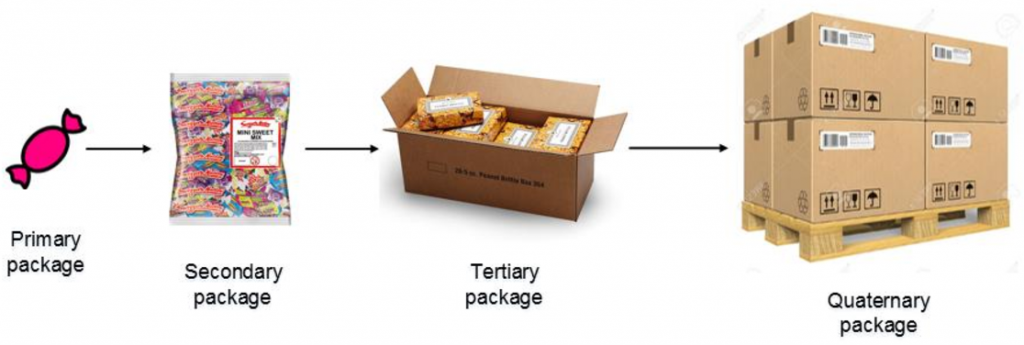There are differences between the primary and secondary packaging, and if you’re someone that runs a company like that, you need to understand the differences between both of these.
When making sure that you have that information, you also should make sure that also ties into the type of dimensions you have, and also you learn the differences between both primary and secondary packaging services.
Primary Packaging
Primary packaging is when you put an initial layer on your product to touch it, in order to prevent contamination from touching this.
Let’s say for example you have some cereal that you bought from the store. That little plastic wrapping that holds it? That’s primary packaging.
Primary packaging is used for many physical products, and you can protect, utilize, and brand this, and is pretty cool.
You typically use this if there is a chance that there may be some integrity compromised when you’re opening it.
For example, with a bottle of wine, you sometimes don’t have a secondary packaging, but for nicer bottles, they’ll put the wine in the box, and then the box over the bottle as well.
What About Secondary Packaging
This is done after the first initial layer is put, and usually, this is what you see when you first go to the store.
The second layer is used for retailers to help people learn about the product, included serving sizes, how to use, and the like.
This is usually also used for initial protection too against any bumps and the like.
This also is where a lot of the branding is too.

While yes, you can brand the primary packaging, the secondary packaging is usually where you see it.
Pharmaceuticals, foods, beauty products, and beverages use this type of packaging to make sure that everything is more uniformed, properly labeled, and transported much easier.
This is also popular because it offers aesthetics, and practicality as well.
This is really good if you want to make sure that your product stands out.
But who else uses it?
Well, typically it’s usually not as universal, but they oftentimes are used interchangeably. Unless a company uses their own container and it’s protected by the primary packaging, they use the secondary packaging as well.
Is it right for Me?
It’s very rare to find a company that doesn’t use this.
While yes, there are exceptions, it’s important to make sure that you’re not overspending or anything on items that you don’t use.
If you are selling a product that needs the protection to prevent it from breaking, then types, you’ll use both primary and secondary.
If you know that it can be shipped in just the container without it being compromised, then you’ll definitely be using the primary packaging only. After all, it also does help reduce shipping and production costs as well.
Finally, are you a company that prides on minimalism and requires it? If that’s the answer, then you will want to just use primary packaging unless you absolutely can’t, since of course it takes a lot more time and resources to properly package all of this as well.

So now that you know this, you will definitely want to decide how to properly handle the packaging, and of course, if you want to outsource it.
If you do, there’s a lot of packaging companies out there that can help you get the right primary and the secondary packaging that you will need. There are benefits to this, and it can be great for you to use if you’re worried about product integrity as well.
